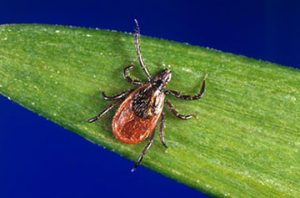– Levi Russell, PhD, Assistant Professor & Extension Livestock Economist, Department of Agricultural and Applied Economics, University of Georgia
The recently-released hay and pasture conditions report doesn’t look particularly good for producers across most of the country. The bearish May WASDE report – higher production and larger ending stocks for 2018 – compounds the problem, but pasture conditions could very well improve as the season goes on.
May 1st hay stocks are down significantly across vast swathes of the country. Texas, Indiana, Missouri, and Louisiana are all down 60% or more relative to May 2017 and another 7 states across the West, Plains, and Midwest are down more than 40%. These reduced stocks are consistent with Continue reading Initial Hay and Pasture Data Don’t Look Good


